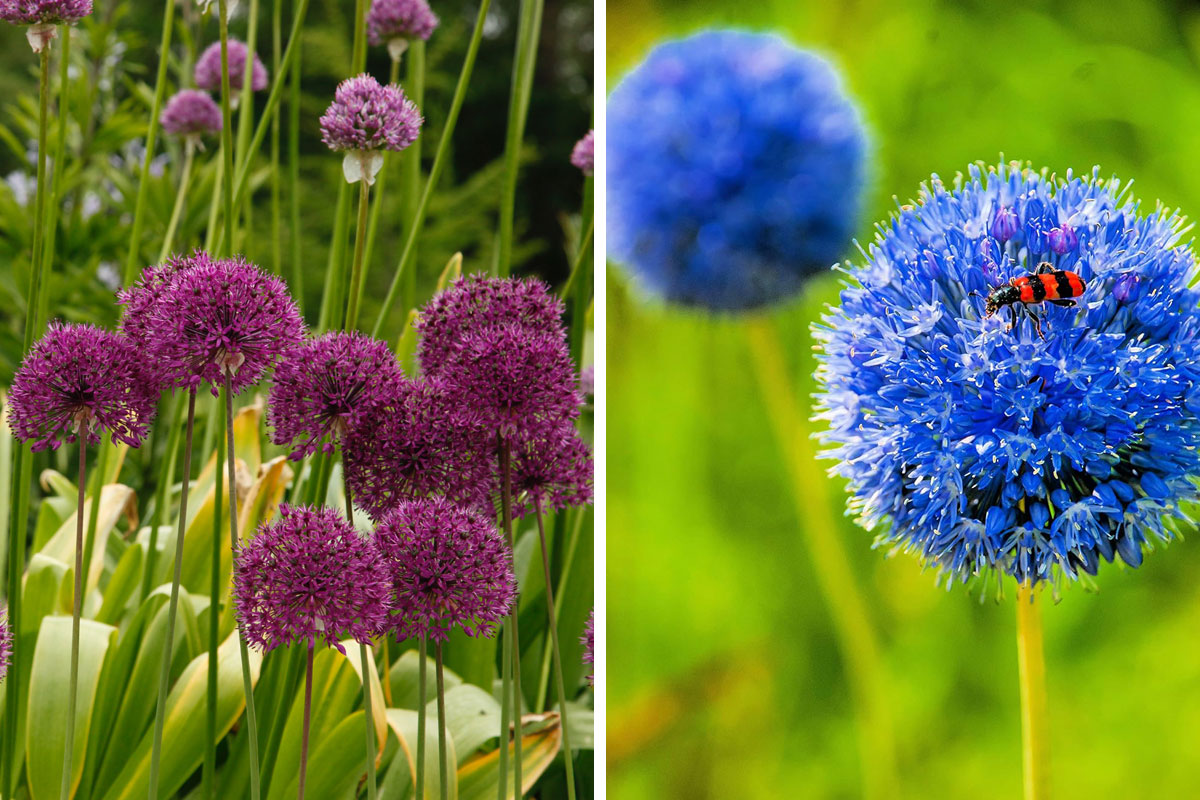
Allium: A Gardener’s Guide To Growing Different Varieties
Allium is a large and diverse genus of plants that includes many edible and ornamental species, such as onion, garlic, leek, chive, and ornamental onion. The genus Allium derives its name from the Latin word for garlic, and its species, Allium sativum, means “cultivated garlic.”
According to Hamilton College, allium has a long history of cultivation. Although native to central Asia, the plant was used by ancient Egyptians, Sumerians, Greeks, and Indians, spreading into Europe and the Americas via trade routes.
- Allium includes edible and decorative species like garlic and chives.
- Allium history spans from Asia to Egypt, Greece, and beyond.
- Ornamental alliums attract pollinators with their globe-shaped flowers.
Image credit: Krista
Allium (and many of its species) has been valued for its herb-like properties and visual appeal. Ornamental allium is characterized by stunning, colorful, globe-shaped flowers attracting butterflies and other pollinators. Some species of allium are edible, while others are purely ornamental.
Let’s explore the different types of these low-maintenance plants, their benefits to the garden, and how to incorporate them into your landscape design.
Allium Overview
Botanical name: Allium sativum
Plant type: Herbaceous geophyte perennial
Size: 1 ft to 3 ft
Flower color: White, yellow, pink, purple, blue
Bloom time: Spring to summer
Light: Full sun, partial shade
Soil: High organic matter, loam, sand, well-drained
Hardiness zones: 3-9 USDA
Toxicity: Low poison severity
When Should You Plant Allium Bulbs?
Image credit: Ralphs_Fotos
The plant can be propagated using allium bulbs or its flowers, which can be reseeded. Depending on your climate zone, allium bulbs are best planted in the fall. They need a cold dormant period before sprouting in the spring and producing colorful and fragrant flowers.
Before planting, wait until the soil is 60 F or colder. Here are some general recommendations for when to plant allium bulbs according to USDA hardiness zones:
Zones 3-4: Late September to early October
Zones 5-6: Mid to late October
Zones 7-8: Late October to early November
Zone 9: Late November
How to Plant Alliums?
Whether you want to add some fragrance to your flower bouquets or make your garden edges a little more dramatic, alliums are the perfect choice. Here is a step-by-step guide on how to plant them.
Choose the Place
Knowing the ideal conditions for planting alliums is essential to ensure successful growth. So, where do alliums grow best?
Pick a spot in your garden that has well-draining soil and gets full sun. For taller varieties, choose a place near the border or fence to help stabilize the plants. You can also grow them in containers, following the same guidelines.
Prepare the Soil
Loosen the soil by removing rocks and aerating it for a few weeks before planting.
Although garlic thrives in soil with high organic matter, it can grow in various soil conditions and pH levels. We recommend adding a basal triple superphosphate fertilizer when preparing soil. A 440-pound bag should be enough to cover 2.5 acres.
Plant the Bulbs
Plant allium bulbs at a depth of two to three times the bulb’s diameter, placing them in the ground with their pointy ends facing upward.
Space them about 12 inches apart for large varieties and 6 inches for small ones. The quantity of soil depends on the bulb’s size and the plants’ density. Make sure to water the alliums right after planting, but do so only once. Then, wait until spring to water them again.
Allium Care
Stunning allium flowers can add color, shape, and whimsy to your garden. However, you must know how to properly care for them to enjoy their beauty year after year. Follow these tips to give your alliums the best care possible.
Temperature and Humidity
Allium thrives within a temperature range of 48 to 82 F. Temperatures between 28 and 43 F are required to improve ventilation.
In regions with periods of extreme cold, apply mulch to safeguard the plant. Allium thrives in regions with minimal precipitation, and excessive rainfall and humidity can affect it adversely.
Watering
There’s no need to water the plant during heavy rainfall, as alliums don’t like excessive humidity. Plant bulbs store nutrients and water so the plant can survive the driest periods. For best results, water it every three to five days, but stop irrigation three weeks before harvest to prevent rotting and loss of skin color.
Pruning
What to do with alliums after flowering? After the alliums have bloomed, remove spent blooms. It will encourage the plant to store more energy for next year.
Wait for the foliage to turn yellow and start withering before removing the leaves. This will keep your alliums looking their best.
Fertilizing
Use a balanced fertilizer low in nitrogen but high in phosphorus and potassium. You can also opt for organic fertilizers, such as compost, well-aged manure, bone meal, and fish emulsion.
The best time to apply it is before planting and then every four to six weeks until harvest. Three weeks before the harvest, stop fertilizing and allow the plants to focus on bulb growth.
Repotting
If you’re growing allium as a houseplant in a pot, it’s important to re-pot it once it outgrows the container. This will ensure it has enough space to flourish and thrive. The best time to repot your alliums is late autumn.
Popular Allium Varieties
Alliums come in a wide variety of species and cultivars. You can find both small and giant globe alliums. With a lot of diversity, the right type of allium can enhance your garden’s visual appeal. Take a look at some of the most popular ones.
Giant Onion (Allium giganteum)
Allium giganteum is known for its impressive height and is the tallest of all allium species. It produces large, round clusters of purple flowers on tall stems. This species is native to the Himalayas region and grows best when planted in groups of 5-9 near the back of a garden border.
Bloom Season: June to early July, 2-3 weeks
Height: 1-6 feet
Light: Full sun (6 hours of direct sunlight a day)
Hardiness Zones: 4-8 USDA
Drumstick Allium (Allium sphaerocephalon)
Native to Eurasia, Allium sphaerocephalon is an ornamental onion that produces dense, egg-shaped flower heads that start green and turn reddish-purple as they mature. When it is in full bloom, it attracts bees and butterflies. Plant this allium near borders in rock gardens, or scatter it among your perennials.
Bloom Season: Late spring to early summer, 3-4 weeks
Height: 30-40 inches
Light: Full sun (6 hours of direct sunlight a day)
Hardiness Zones: 4-8 USDA
Ornamental Onion (Allium ‘Millenium’)
Allium ‘Millenium’ is an ornamental onion hybrid created by allium breeder Mark McDonough. It won the title of 2018 Perennial Plant of the Year. The plant bears large, round clusters of bright, rosy-purple flowers that attract bees and butterflies. Its leaves are onion-scented and glossy green. Additionally, they are deer and rabbit-resistant.
Bloom Season: June to July
Height: 15-20 inches
Light: Full sun to part shade
Hardiness Zones: 4-9 USDA
Purple Sensation (Allium aflatunense)
Native to central Asia, Purple Sensation is a large species characterized by tall stems and produces spherical clusters of deep-purple flowers. Plant these bulbs in rock gardens, flower borders, or naturalized areas in small or large groups.
Bloom Season: May, 2-3 weeks
Height: 24-36 inches
Light: Full sun to partial shade
Hardiness Zones: 4-8 USDA
Blue Ornamental Onion (Allium caeruleum)
The blue ornamental onion produces spherical clusters of fragrant blue flowers. This species, native to Central Asia, is highly prized for its attractive blue color and ability to attract bees and butterflies. It can be planted in perennial beds, rock gardens, meadows, cottage gardens, and naturalized areas. Use them as cut flowers.
Bloom Season: May to early June
Height: 20-24 inches
Light: Full sun (6 hours of direct sunlight a day)
Hardiness Zones: 4-8 USDA
Chives (Allium schoenoprasum)
Chives can used as an ornamental or a culinary herb. It has an edible flower and leaves used for flavoring eggs, soups, or butter. They thrive when planted en masse along the edges, in rock or vegetable gardens. You can grow them potted in the patio or on the sunny window.
Bloom Season: Spring to summer
Height: Up to 20 inches
Light: Full sun (6 hours of direct sunlight a day)
Hardiness Zones: 4-8 USDA
Golden Garlic (Allium moly)
Golden Garlic (Allium moly) is an ornamental onion that produces yellow star-shaped flowers in loose clusters. This European native is edible and often used for medicinal purposes. It has a long bloom season and grows well in naturalized areas, in front of borders, along walkways, near patios, cottages, or rock gardens.
Bloom Season: Spring to summer
Height: 10-18 inches
Light: Full sun (6 hours of direct sunlight a day)
Hardiness Zones: 3-9 USDA
Star of Persia (Allium cristophii)
Star of Persia is an ornamental onion with star-shaped silvery purple flowers that form large spherical clusters. Bulbs and stems are edible, raw, or cooked. It’s native to central Asia but widely grown in many parts of the world. This species received the Royal Horticultural Society’s Award of Garden Merit.
Bloom Season: Spring to summer
Height: 12-24 inches
Light: Full sun (6 hours of direct sunlight a day)
Hardiness Zones: 4-8 USDA
Common Allium Problems
Ornamental onions are prone to fungal issues such as bulb rot, white rot, rust, and mildew if the conditions are excessively damp.
Bulb Rot
Image credit: Digwell Greenfingers
This can be caused by fungal diseases, such as allium white rot, or by excessive moisture in the soil. Bulb rot can make the bulbs soft, mushy, and very smelly.
Solution: Plant alliums in well-drained soil to prevent bulb rot, avoid overwatering, and practice crop rotation.
Onion Fly
Image credit: Judy Gallagher, CC BY 2.0 DEED
This pest lays eggs on the base of allium plants. The larvae hatch and feed on the roots, causing wilting, yellowing, and death. Onion flies can also introduce secondary infections, such as bulb rot.
Solution: To control onion flies, use row covers, remove infected plants, and apply organic or chemical insecticides.
Allium Leaf Miner
Image credit: archiekas88
This is a new pest that attacks the leaves of alliums, creating wavy, shrunken, and damaged areas. The larvae feed inside the leaves and then drop into the soil to pupate. The adults are small flies that lay eggs on the plants.
Solution: Use row covers and crop rotation, and be sure to remove infested plants to prevent allium leafminer.
Downy Mildew
Image credit: Howard F. Schwartz, CC BY 3.0 US DEED
This is a fungal disease that causes fluffy white or gray patches on the leaves and stems of alliums. It can reduce the plant’s growth and yield, and make them more susceptible to other diseases.
Solution: Downy mildew thrives in humid and wet conditions, so avoid overwatering, provide good air circulation, and remove infected plants.
How to Design Your Garden with Allium?
Do you have a vision of a breathtaking and productive garden? Achieving this requires some planning and knowledge. One practical approach is to incorporate allium with its companion plants.
They grow together and support each other, bringing many benefits. Although not all plants are compatible with alliums, they can still benefit from the company of other plants.
A. Brassicas: These include broccoli, cabbage, cauliflower, kale, and others. Alliums can repel many brassica pests, such as whiteflies, cabbage moths, and aphids.
B. Nightshades: These include tomatoes, potatoes, peppers, and eggplants. Alliums can deter some nightshade pests, such as Colorado potato beetles, tomato hornworms, and spider mites.
C. Strawberries: Alliums can protect strawberries from fungal diseases, such as botrytis and verticillium wilt. They can also enhance the flavor and yield of strawberries.
D. Fruit trees: Alliums can help fruit trees by attracting beneficial insects, such as bees and hoverflies, that pollinate the flowers and prey on pests. They can also suppress weeds and improve soil drainage.
E. Carrots: Alliums can mask the scent of carrots and confuse carrot flies, which are a major pest of carrots. They can also improve the flavor of carrots.
FAQ
Before we wrap this up, let’s tackle some of the most commonly asked questions to ensure we leave no stone unturned.
How Do You Stop Alliums From Spreading?
Allium produces flowers that can form seeds. They can be spread by wind or animals, making alliums invasive in certain areas. To avoid seed spreading, divide the bulbs and replant or give them away, cut the flowers before they produce seeds, and mulch the soil. If plants spread enough to become invasive, use a herbicide containing 2-4 D, glysophate, or dicamba. Do this before the plants reach 8 inches.
Do Allium Bulbs Flower in Their First Year?
Allium bulbs can flower in their first year if planted at the right time and cared for well. You may find that a late planting means your alliums will flower later than usual in their first year but will catch up in the second year.
361views
Share on Facebook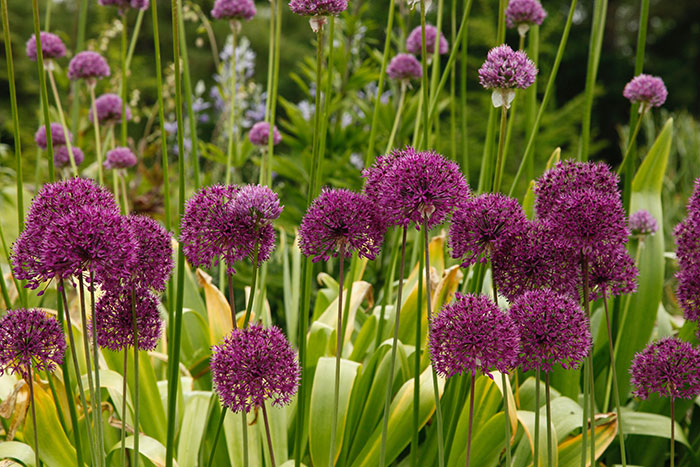
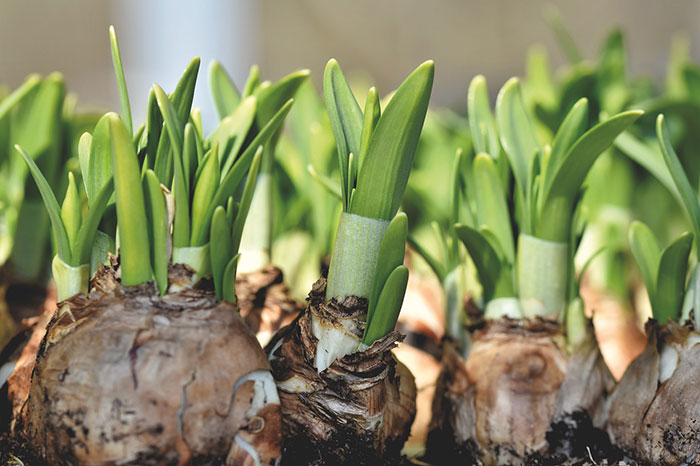
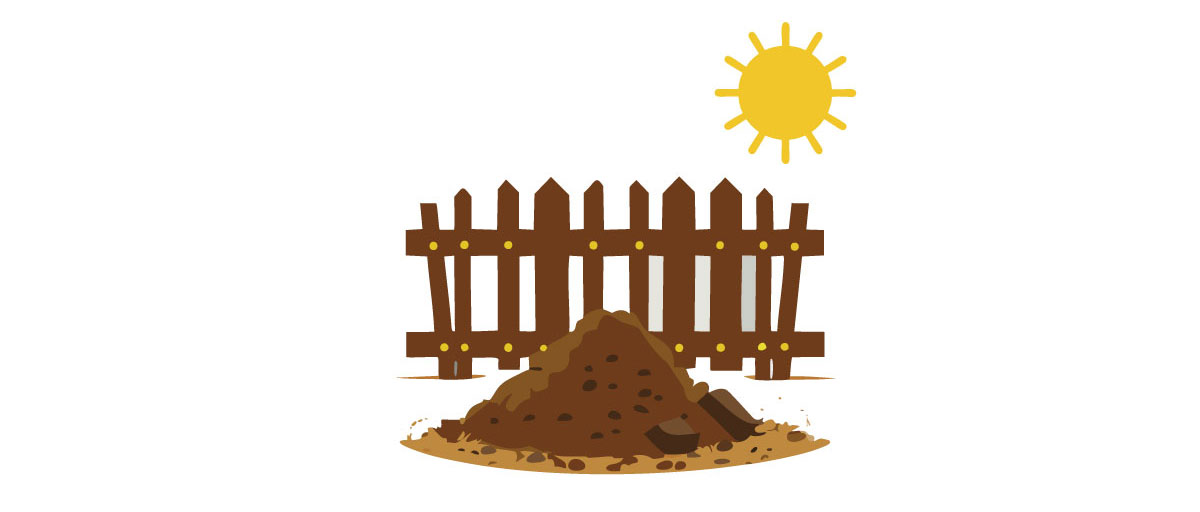

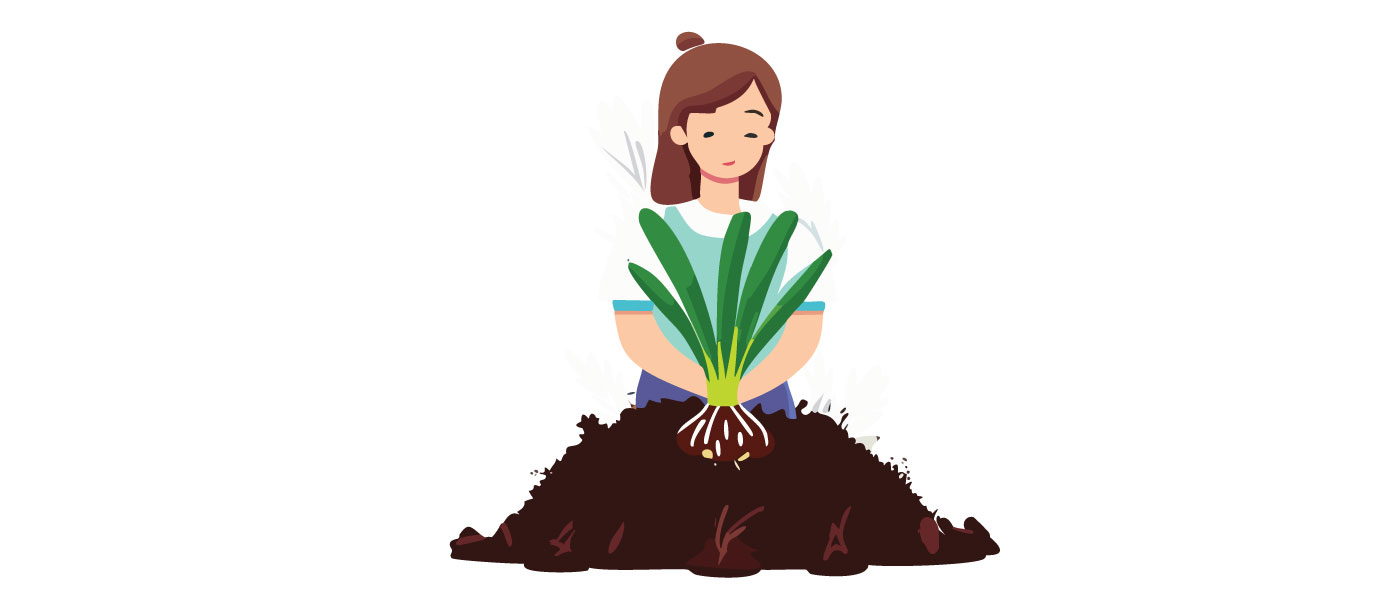
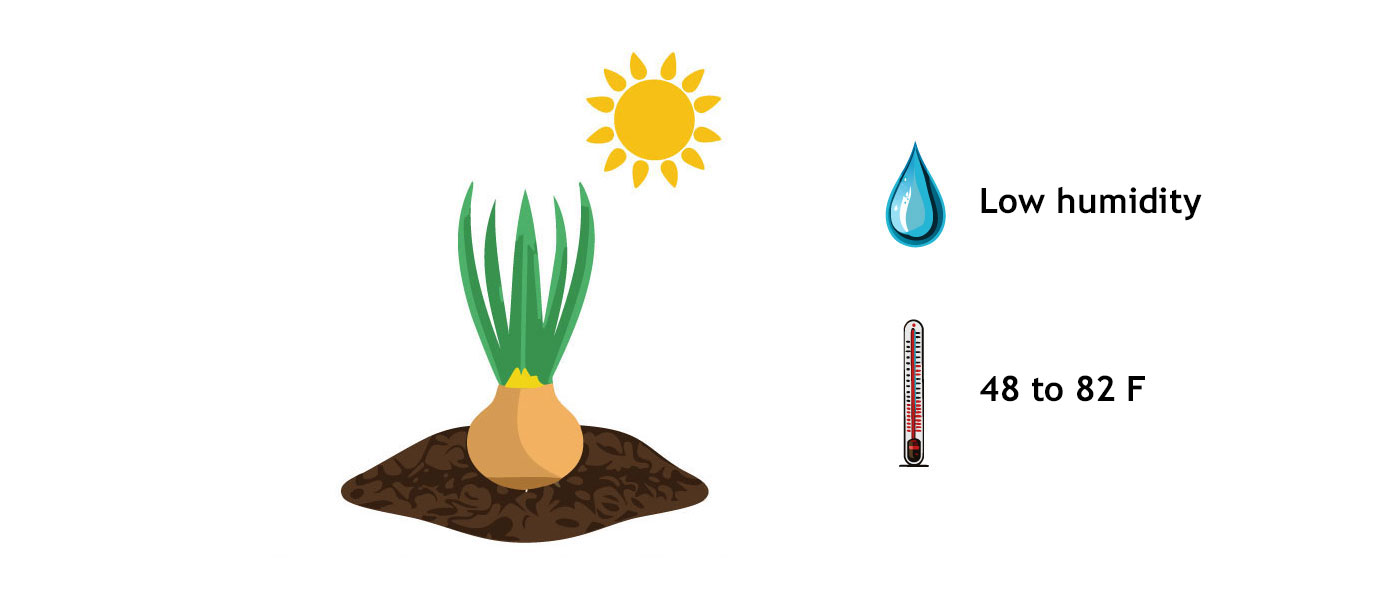
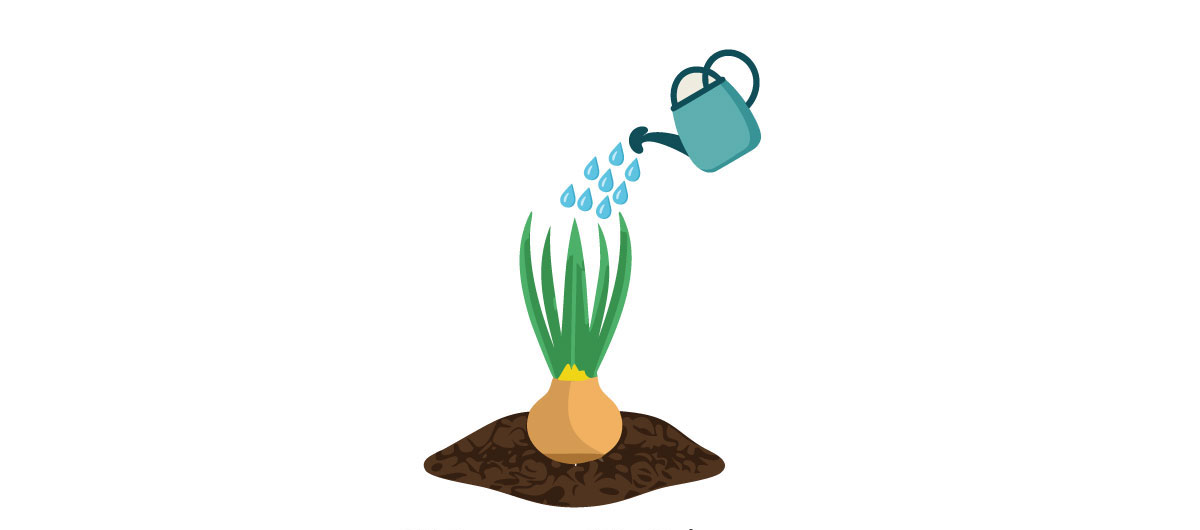
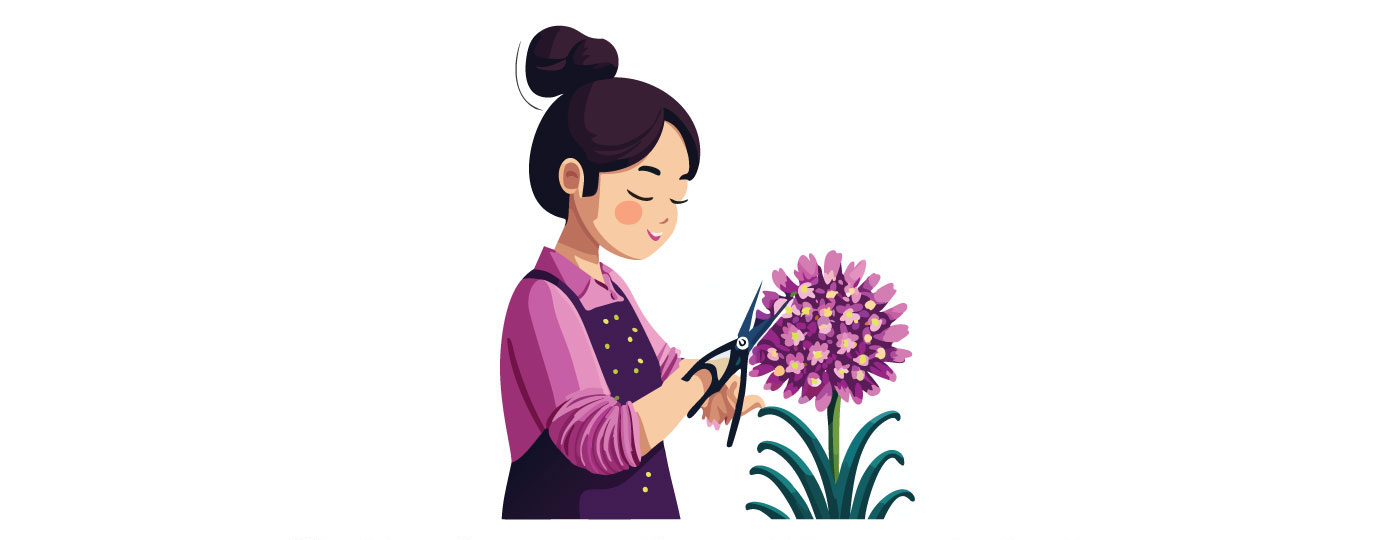
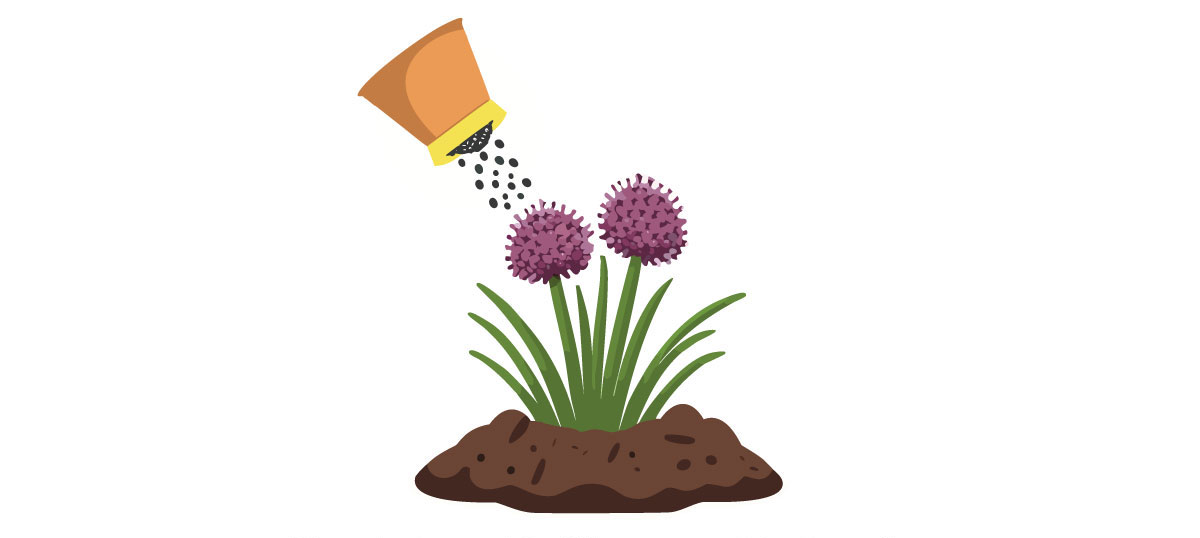
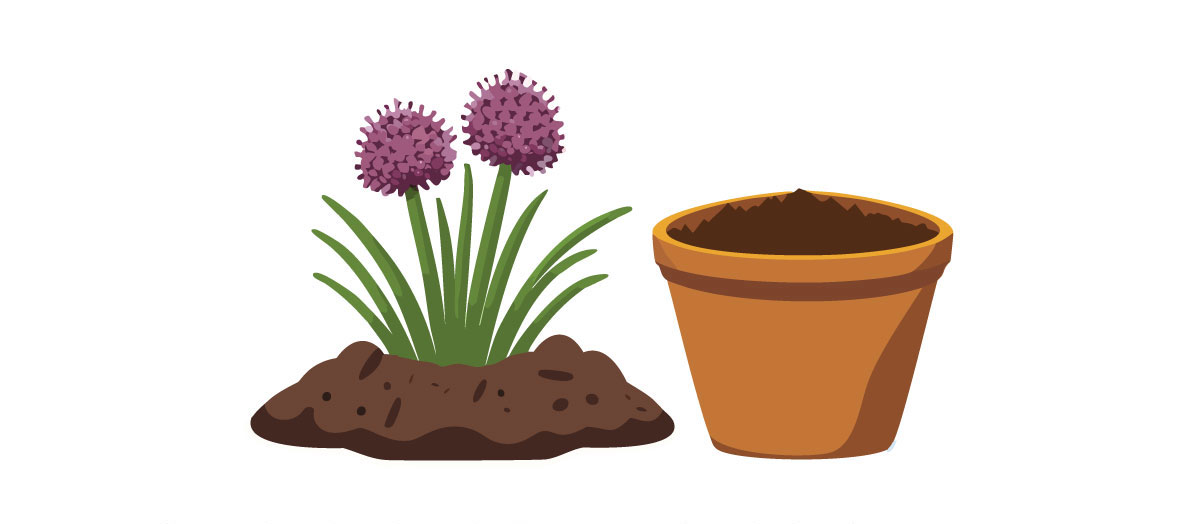
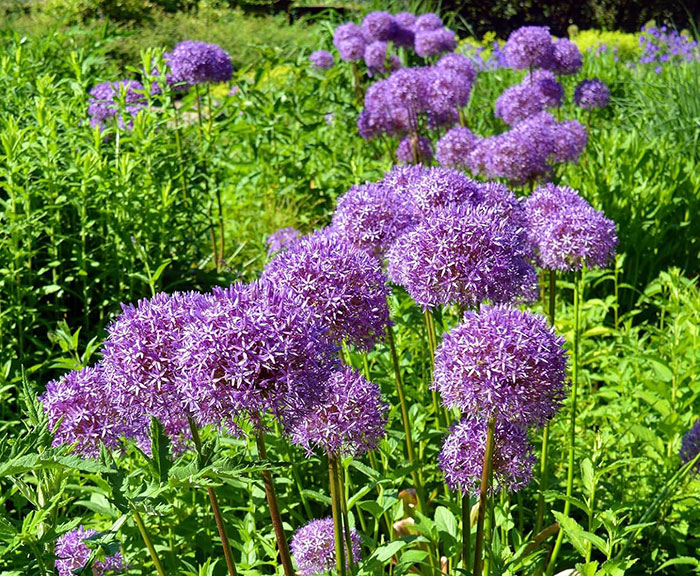
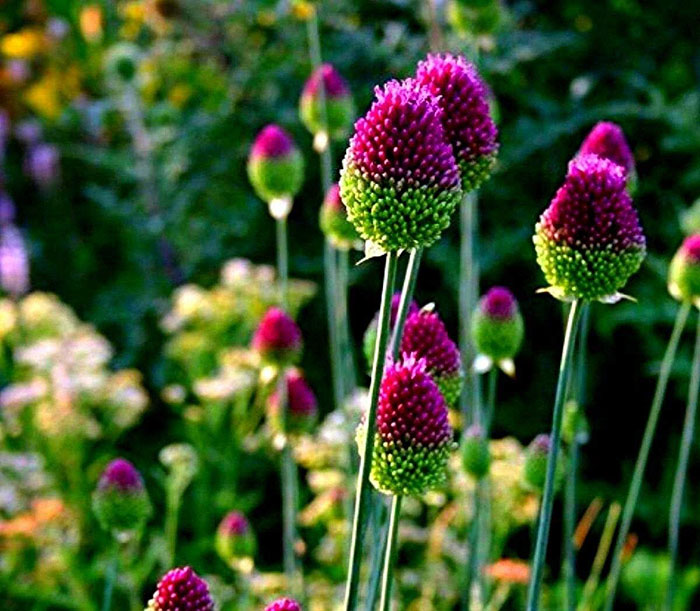
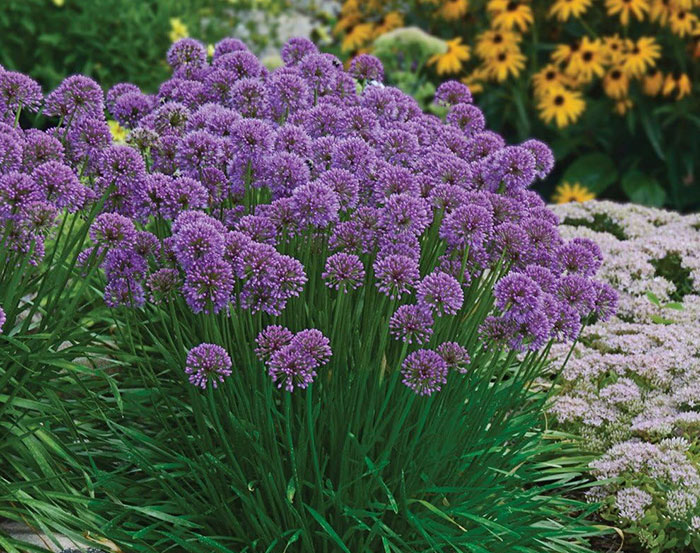
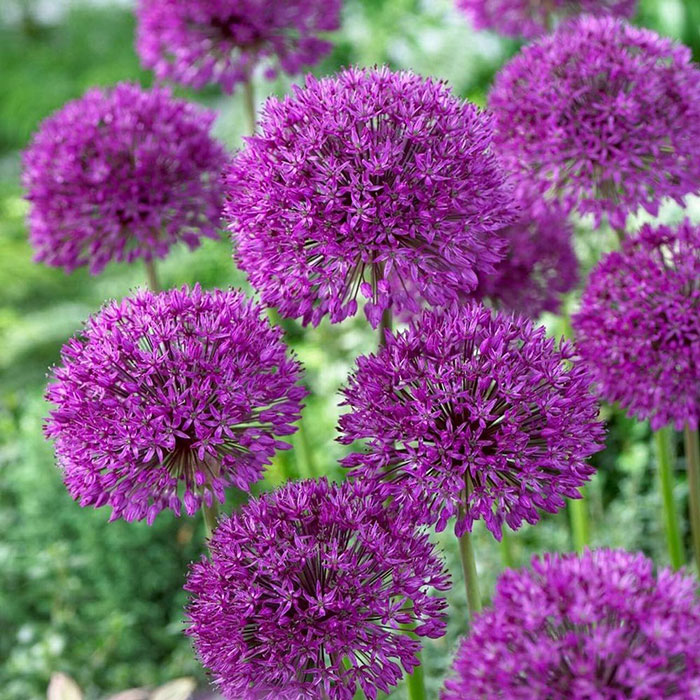
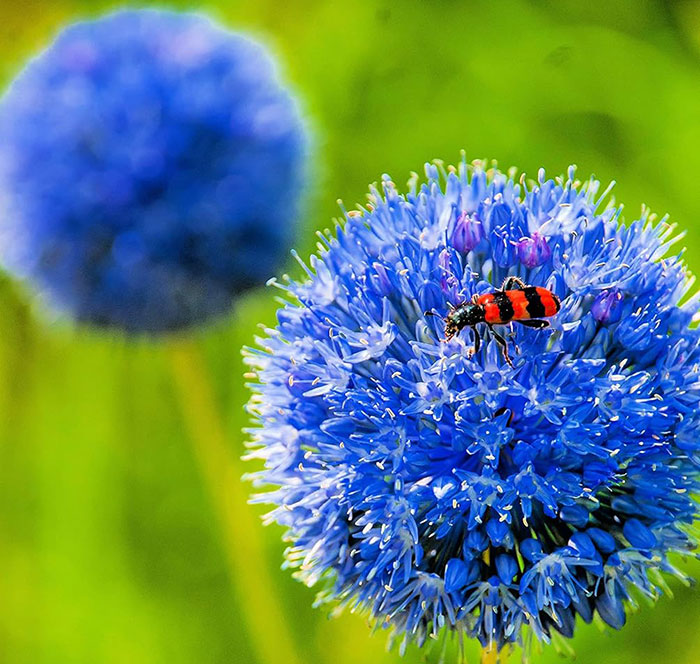
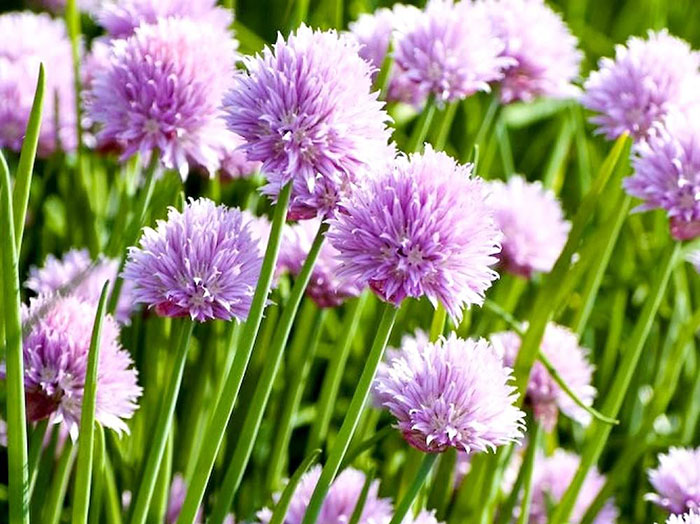
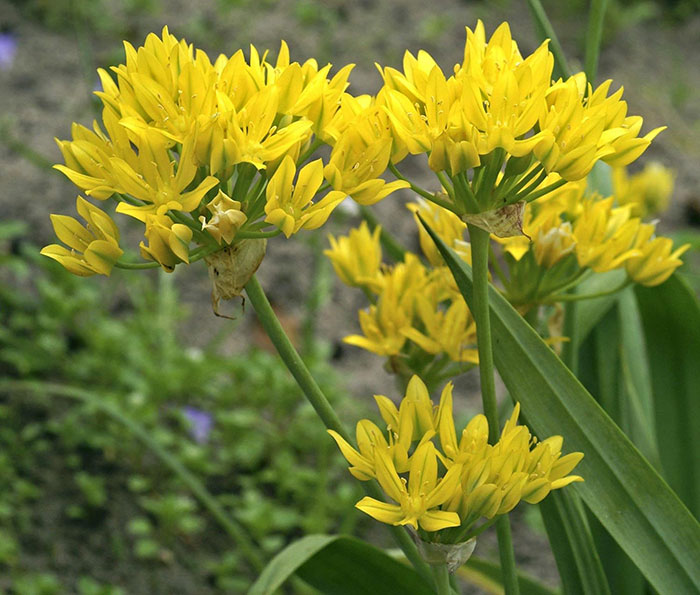
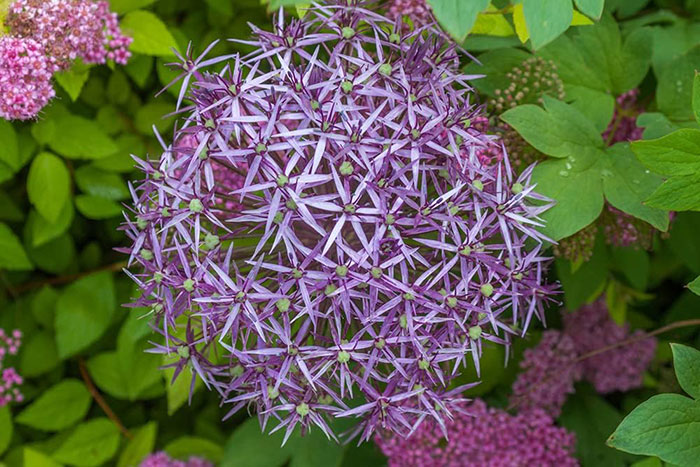
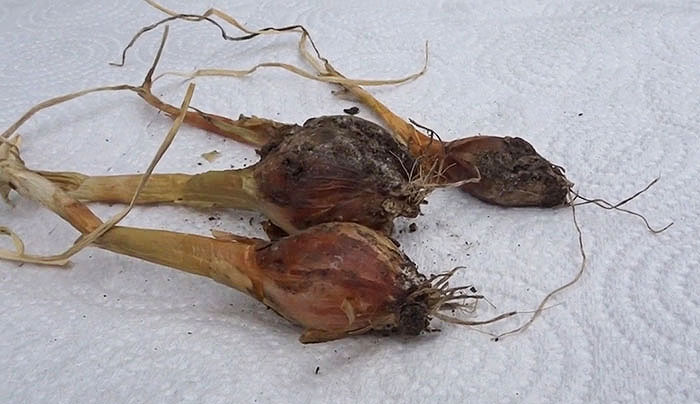
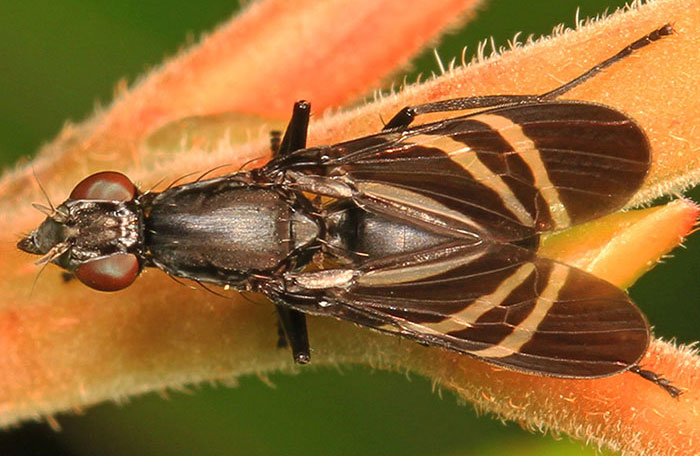
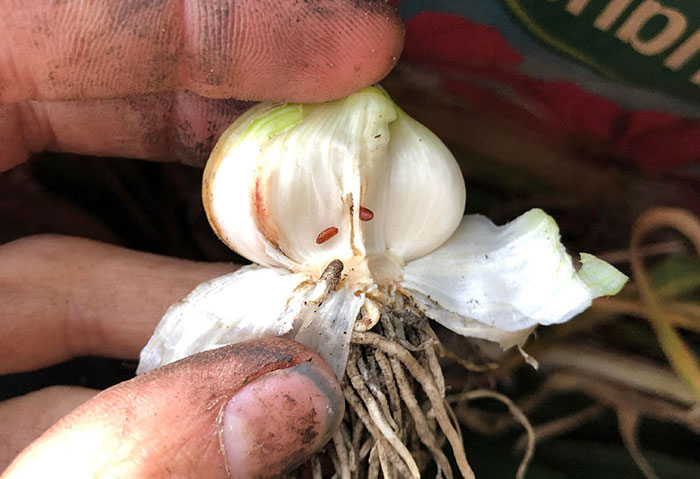
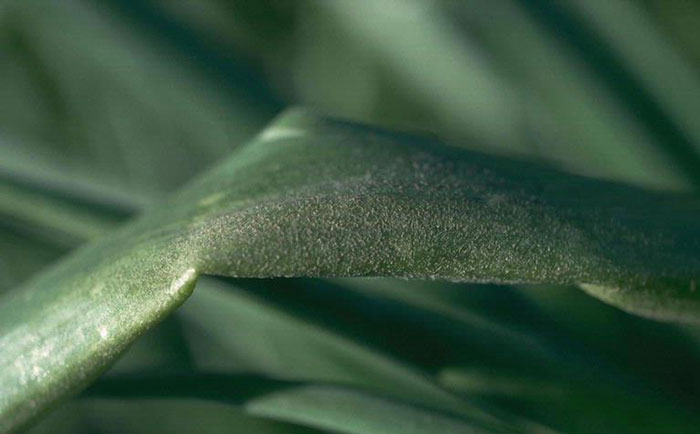
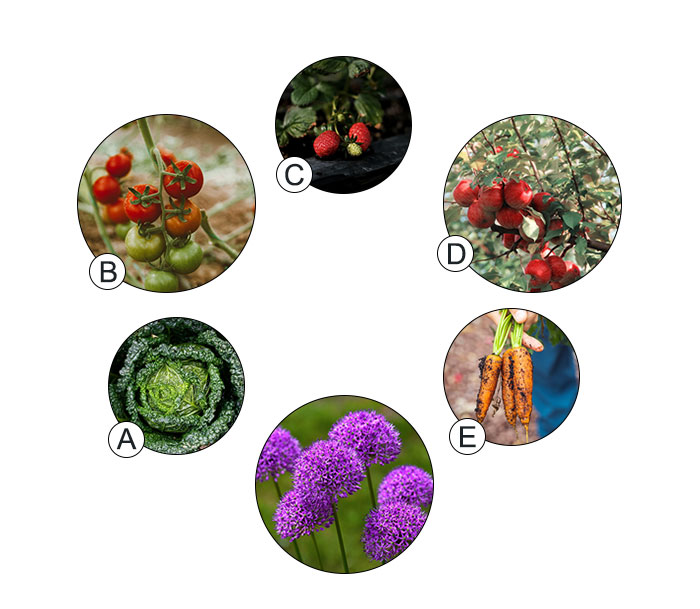




5
0